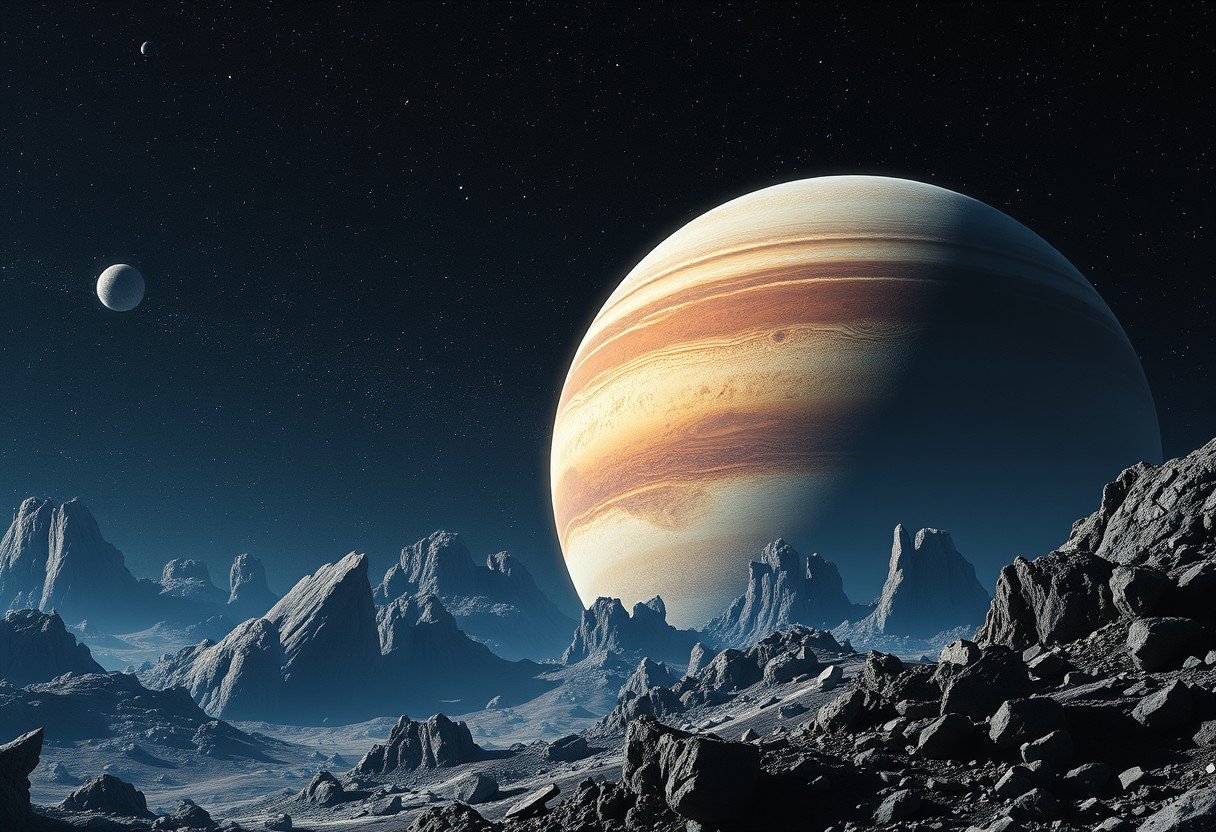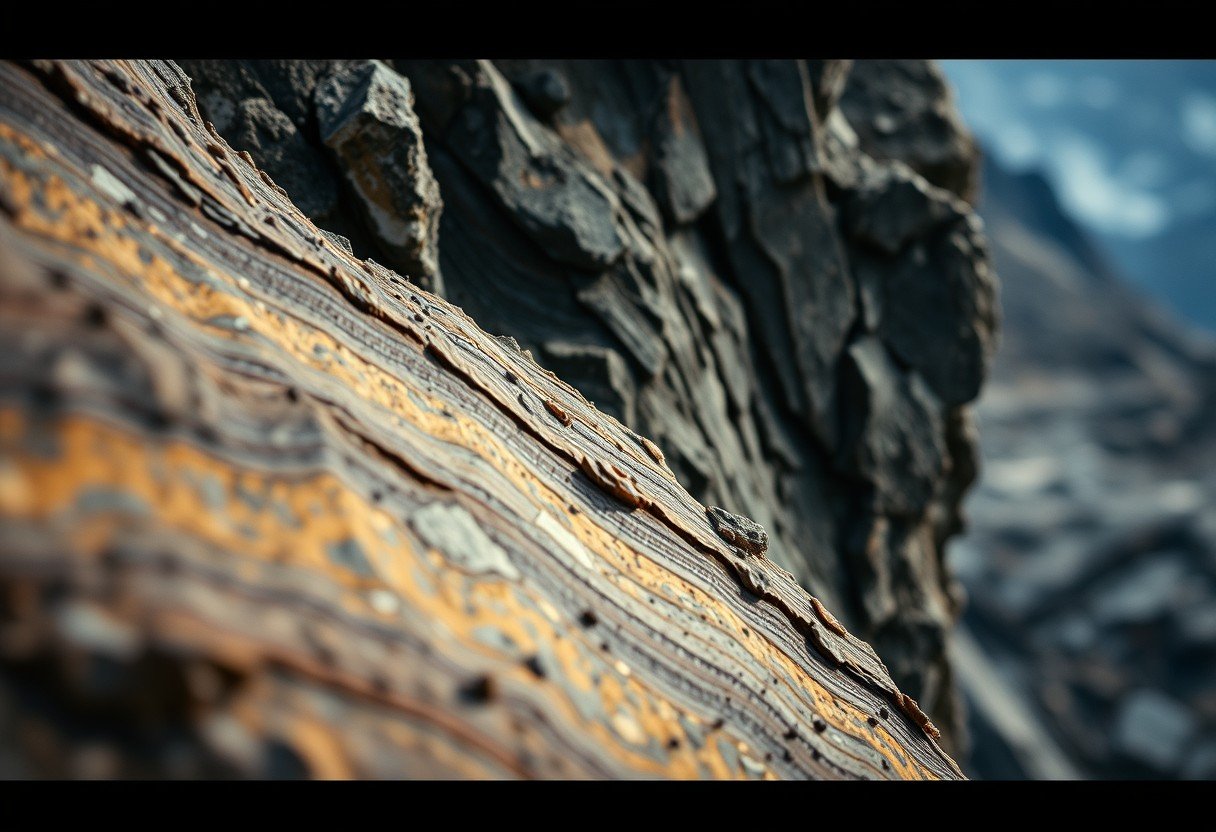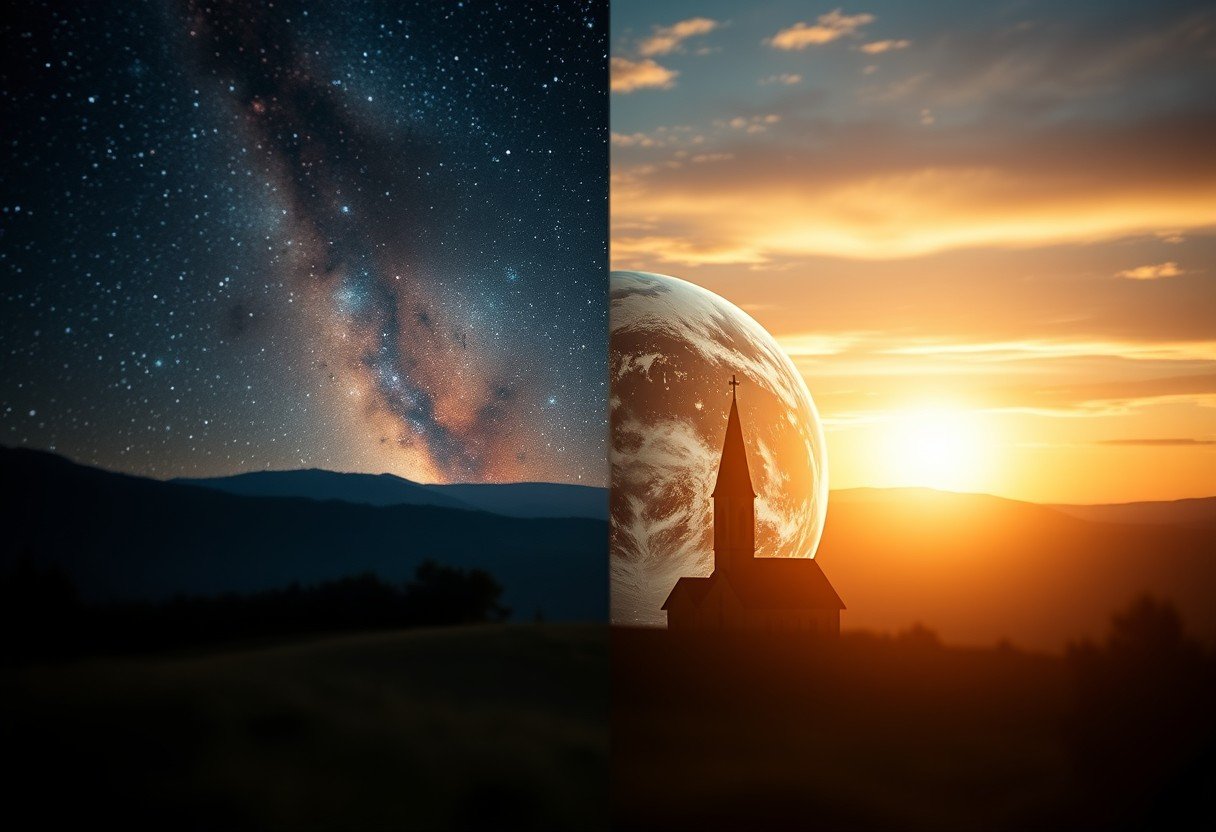Have you ever wondered what lies between Mars and Jupiter? It’s the asteroid belt, a vast ring of rock and metal. Scientists believe this region once had all the right ingredients to form a large, Earth-like planet about 4.6 billion years ago. However, the powerful gravity of its giant neighbor, Jupiter, disrupted this process, leaving behind the scattered remnants we see today. This is the fascinating story of the planet that never was.
What is the Asteroid Belt?
The asteroid belt is a huge region of space between the orbits of Mars and Jupiter. It’s not a crowded, dense field of rocks like in the movies; instead, the asteroids are very far apart. This belt is home to millions of celestial bodies, ranging from tiny pebbles to objects hundreds of kilometers wide.
These fragments are leftovers from the early days of our solar system. By studying their composition, which is mostly rock and metal, scientists can get a glimpse into the building blocks that formed planets like Earth. The entire mass of the asteroid belt combined is estimated to be only about 4% of the mass of Earth’s Moon.
The largest object in the belt is Ceres, a dwarf planet about 940 kilometers in diameter. It’s so big that its own gravity has pulled it into a nearly round shape.
| Aspect | Details |
| Width | About 1 AU (150 million km) |
| Number of Asteroids | Estimated at over 1 million (larger than 1 km) |
| Largest Object | Ceres (dwarf planet) |
| Total Mass | Less than the mass of Pluto |
How Planets are Born from Dust and Gas
Our solar system began as a giant, spinning cloud of gas and dust called the solar nebula. About 4.6 billion years ago, this cloud collapsed under its own gravity, forming the Sun at its center. The leftover material flattened into a disk, and this is where the planets were born.
The process of planet formation is called accretion. It started with microscopic dust particles colliding and sticking together. Over millions of years, these clumps grew into larger objects called planetesimals, some a few kilometers wide.
As planetesimals grew bigger, their gravity became stronger, allowing them to attract more dust and other planetesimals. This snowball effect led to the creation of protoplanets, which were like planetary embryos. Eventually, these protoplanets collided and merged to form the terrestrial planets we know today: Mercury, Venus, Earth, and Mars.
The Giant Neighbor: Jupiter’s Role in Shaping the Belt
The story is different in the region of the asteroid belt. The accretion process started there just like everywhere else, and planetary embryos began to form. However, the nearby presence of Jupiter, the largest planet in our solar system, changed everything.
Jupiter’s immense gravitational pull was a major disruptive force. It stirred up the planetesimals in the asteroid belt, flinging them around at high speeds. Instead of gently colliding and sticking together, they smashed into each other with great force, breaking apart rather than merging.
Jupiter’s gravity effectively prevented a large planet from ever forming. It cleared out much of the material from the region, either by flinging it out of the solar system or sending it on collision courses with other planets. The asteroids we see today are the few survivors of this chaotic period.
Clues of a Lost World: Evidence for a Missing Planet
While a full-sized planet likely never formed, scientists have found clues that larger bodies, or protoplanets, did exist in the asteroid belt. The evidence for these lost worlds comes from studying the asteroids themselves and running complex computer simulations.
Researchers have identified “asteroid families,” which are groups of asteroids that share similar orbits and compositions. These families are believed to be the shattered fragments of a single, larger parent body that was destroyed in a collision long ago. For instance, the asteroid Vesta has a basaltic surface, indicating it once had volcanic activity, a feature of a developing planet.
Computer models that simulate the early solar system often show that a planet could have formed in the belt if Jupiter wasn’t there or if it was smaller. These simulations support the theory that Jupiter’s influence was the key factor. Some indicators include:
- Unusual Compositions: Some asteroids are rich in metals like iron and nickel, suggesting they were once part of the core of a larger, differentiated body.
- Dynamical Patterns: The specific orbits and groupings of certain asteroids cannot be explained without the past existence of larger planetary embryos.
- Meteorite Analysis: Studying meteorites that fall to Earth, which are fragments of asteroids, gives us physical proof of the materials that made up these early protoplanets.
What are the Different Types of Asteroids?
Not all asteroids are the same. Scientists classify them into different types based on their composition, which tells a story about where and how they formed in the early solar system. Knowing these types helps us piece together the history of our cosmic neighborhood.
The three main types are C-type, S-type, and M-type. Each one represents different materials and conditions from the protoplanetary disk.
These different asteroid types act as a fossil record of planetary formation. C-types are like the raw, unprocessed ingredients, while S-types and M-types are remnants of bodies that had started to heat up and separate into layers, much like a planet.
Lessons from Other Solar Systems
Our solar system isn’t the only one out there. With powerful telescopes, astronomers have studied thousands of exoplanetary systems, which are systems with planets orbiting other stars. This research provides a valuable comparison and shows that asteroid-like belts are common.
Many of these distant systems have gaps and debris rings that look very similar to our own asteroid belt. This suggests that the gravitational influence of large planets shaping their surroundings is a universal process.
By observing these other systems, we can test and refine our theories about how planets form and interact. The evidence from exoplanets strengthens the idea that the asteroid belt’s fate was sealed by the gravitational dynamics of our solar system’s architecture. It shows that the formation of a planet is a complex process with no guarantee of success.
Frequently Asked Questions About the Asteroid Belt Planet
Did a large planet ever actually form in the asteroid belt?
No, the prevailing scientific theory is that a large terrestrial planet never fully formed. While the building blocks were there, the strong gravitational pull from Jupiter disrupted the accretion process, preventing the material from clumping together into a single large body.
Why is Jupiter’s gravity so important in this theory?
As the largest planet in our solar system, Jupiter exerts a massive gravitational force. During the early formation period, its gravity stirred up the orbits of the planetesimals in the asteroid belt, causing them to collide at high speeds and shatter instead of merging.
What is the total mass of all the asteroids combined?
The total mass of everything in the main asteroid belt is surprisingly small, estimated to be only about 4% of the mass of Earth’s Moon. A significant portion of this mass is contained in the four largest objects: Ceres, Vesta, Pallas, and Hygiea.
Could the asteroids in the belt form a planet today?
It is highly unlikely. The material is too spread out, and Jupiter’s gravitational influence is still very much present. The conditions that prevent a planet from forming are the same today as they were billions of years ago.
What can asteroids tell us about how planets are made?
Asteroids are like fossils from the birth of the solar system. By studying their size, composition, and orbits, scientists can learn about the original materials and the physical processes that governed the formation of terrestrial planets like Earth.








Leave a Comment